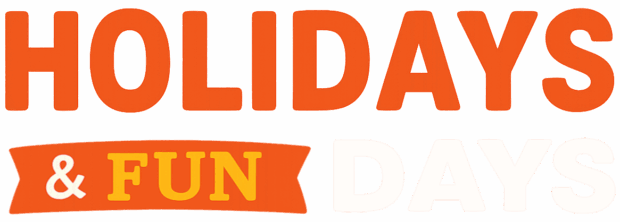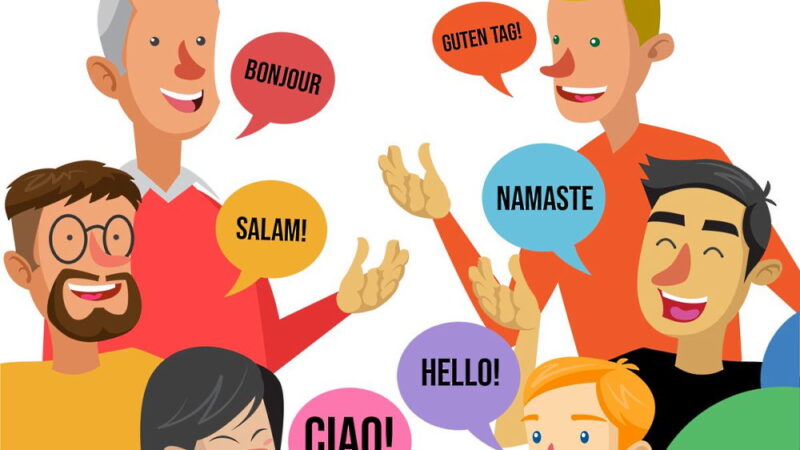Zero Tasking Day is observed on the first Sunday of November and encourages everyone to slow down and simply relax. It’s a day to let go of multitasking, embrace peace and tranquility, and just “do nothing.”
History
Zero Tasking Day was created by Nancy Christie, an author and blogger who believed in savoring life rather than rushing through it. She encouraged people to focus on spiritual values over material pursuits and to do things well instead of doing too many things at once. Psychologists support the idea of a “zero-tasking” day as it helps reduce anxiety and worry. Research also shows that free time varies depending on nationality, culture, and gender, with men generally having five more hours of free time per week than women.
Interesting Facts
- Nancy Christie advocated living life to the fullest by prioritizing what matters most.
- Psychologists support Zero Tasking Day for its positive impact on mental health and stress management.
- The amount of free time people have differs across cultures and between genders.
- On average, men have five more hours of free time per week than women.
How to Take Part
Start your Zero Tasking Day with a good night’s sleep. Turn off your alarm, and let the day unfold at its own pace. Take a break from your to-do list, resist the urge to multitask, and focus on truly relaxing. Use this day as an opportunity to recharge—after all, relaxation is a skill that gets better with practice.
When is Zero Tasking Day in 2025?
Zero Tasking Day is observed on the first Sunday of November each year.
Observations
| Weekday | Month | Day | Year |
| Sunday | November | 2 | 2025 |
| Sunday | November | 1 | 2026 |
| Sunday | November | 7 | 2027 |
| Sunday | November | 5 | 2028 |
| Sunday | November | 4 | 2029 |




